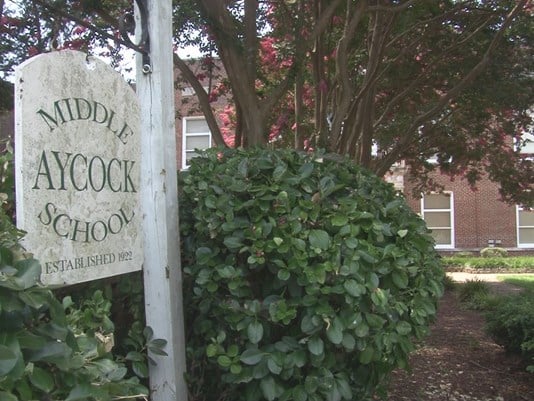What’s in a name?
In a sense, a person’s name carries the weight and image of their character, both good and bad. In the case of Charles Brantley Aycock, we at The Guilfordian feel the bad outweighs the good.
From 1901 to 1905, Aycock championed public education as the 50th governor of North Carolina. However, his white supremacist activities cast a much larger shadow on his reputation.
A state commissioned report in 2006 cited Aycock’s white supremacist speeches as a catalyst for the Wilmington insurrection of 1898. During the coup, white supremacists overthrew the biracial city government, burned down the headquarters of the Daily Record, a black newspaper, and forced 2,100 black citizens to flee Wilmington.
During his 1900 gubernatorial campaign, Aycock supported a state amendment aimed at disenfranchising black voters. The amendment added the poll tax and the grandfather clause to the state constitution.
Aycock’s true legacy isn’t education. Instead, it is segregation and Jim Crow. Yet educational buildings and schools across North Carolina and even a neighborhood here in Greensboro are named after him.
We at The Guilfordian do not support honoring Aycock in such a commendable manner.
Following a public forum in July, the Guilford County School Board decided on Aug. 25 to rename Aycock Middle School. Beginning with the 2017-18 school year, the building will sport a different name.
Similarly, the board of trustees at University of North Carolina at Greensboro voted in February to take Aycock’s name off the main campus auditorium. While trustees figure out a new name, the building will simply be called UNCG Auditorium.
We at The Guilfordian support these decisions and hope others follow.
Aycock’s name is an insult to Greensboro’s civil rights legacy. His name stands against our Quaker-rooted core values and everything our social justice newspaper stands for.
We shouldn’t forget about Aycock’s place in history, but we also shouldn’t celebrate it.












